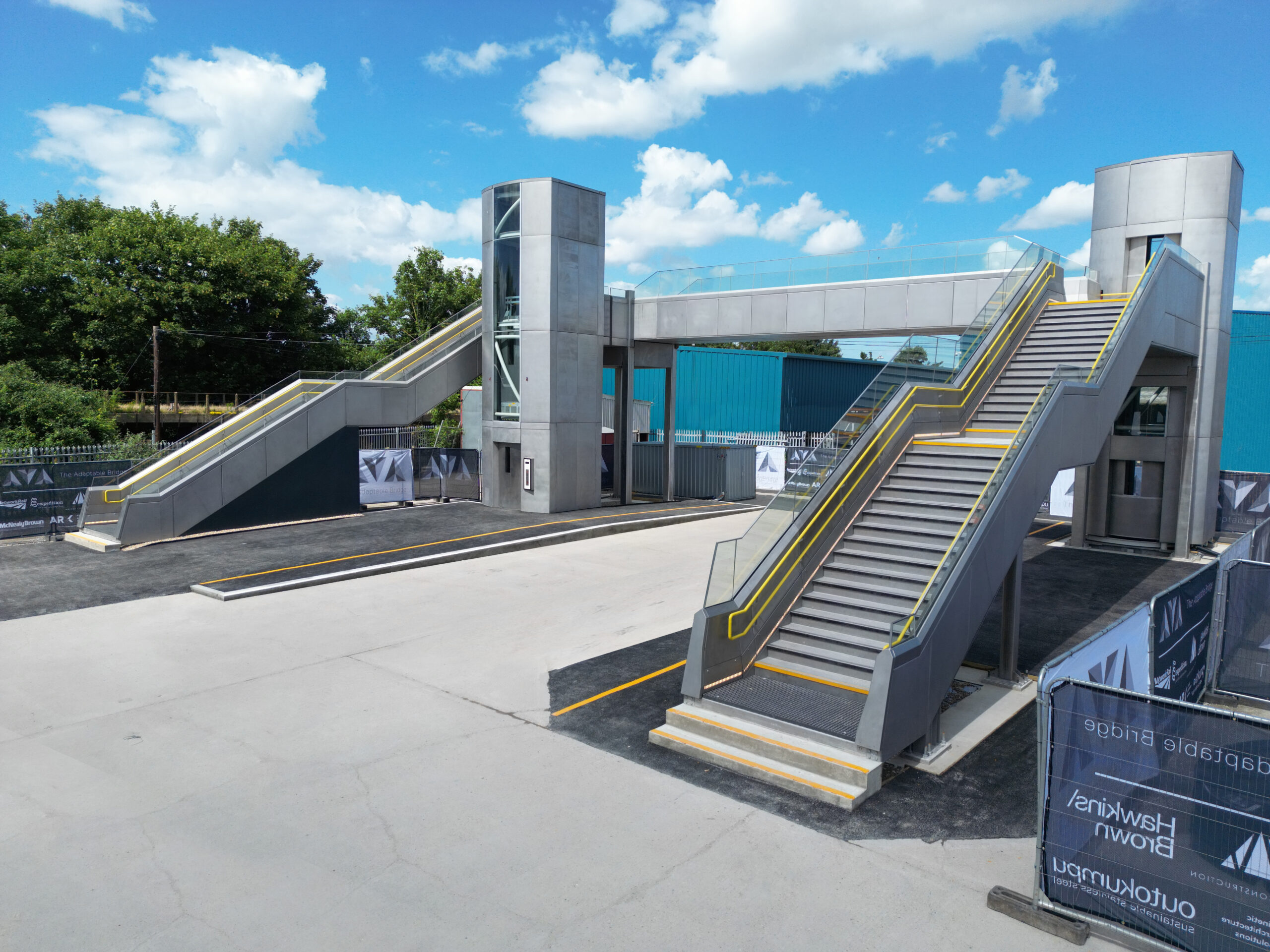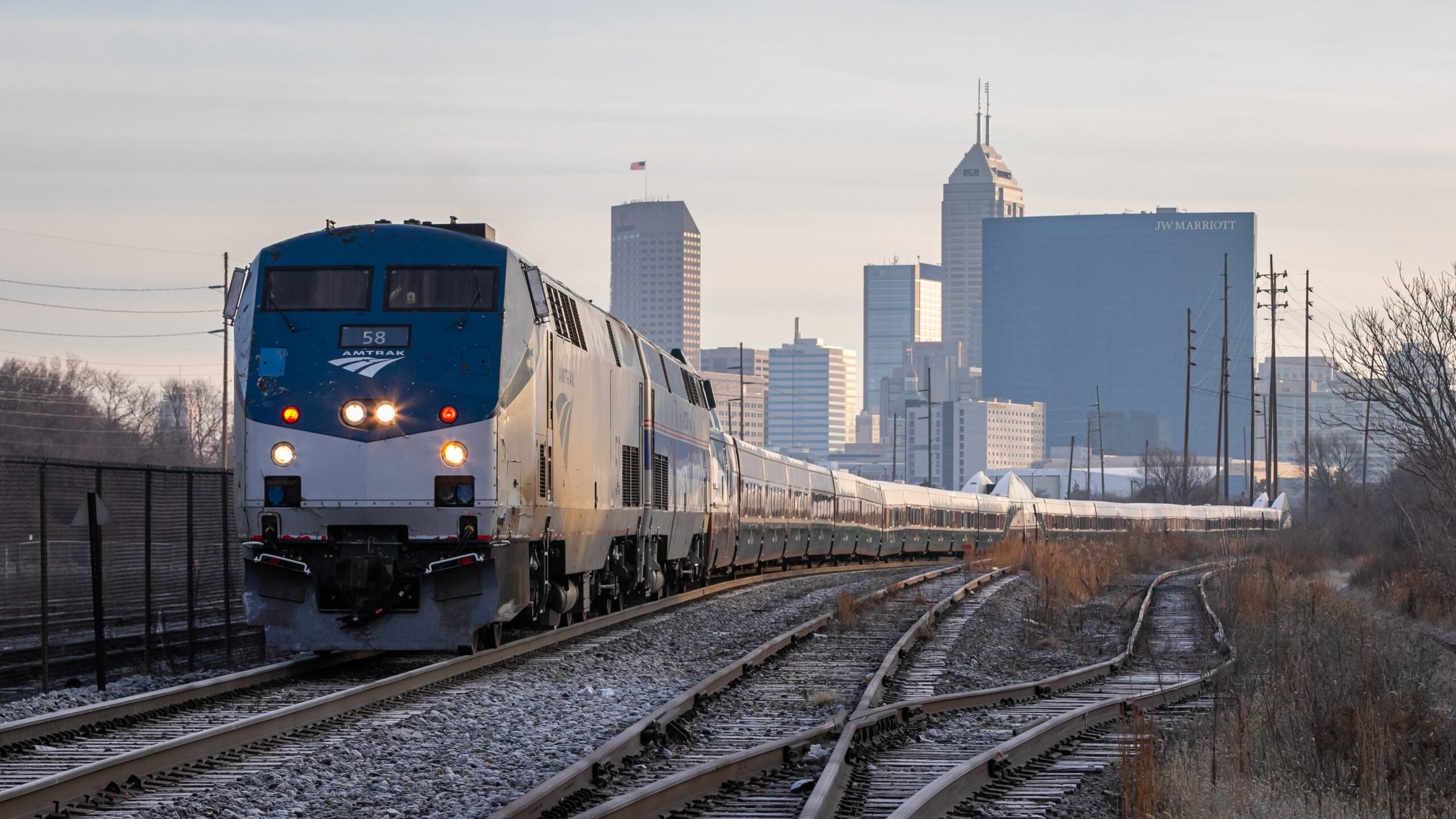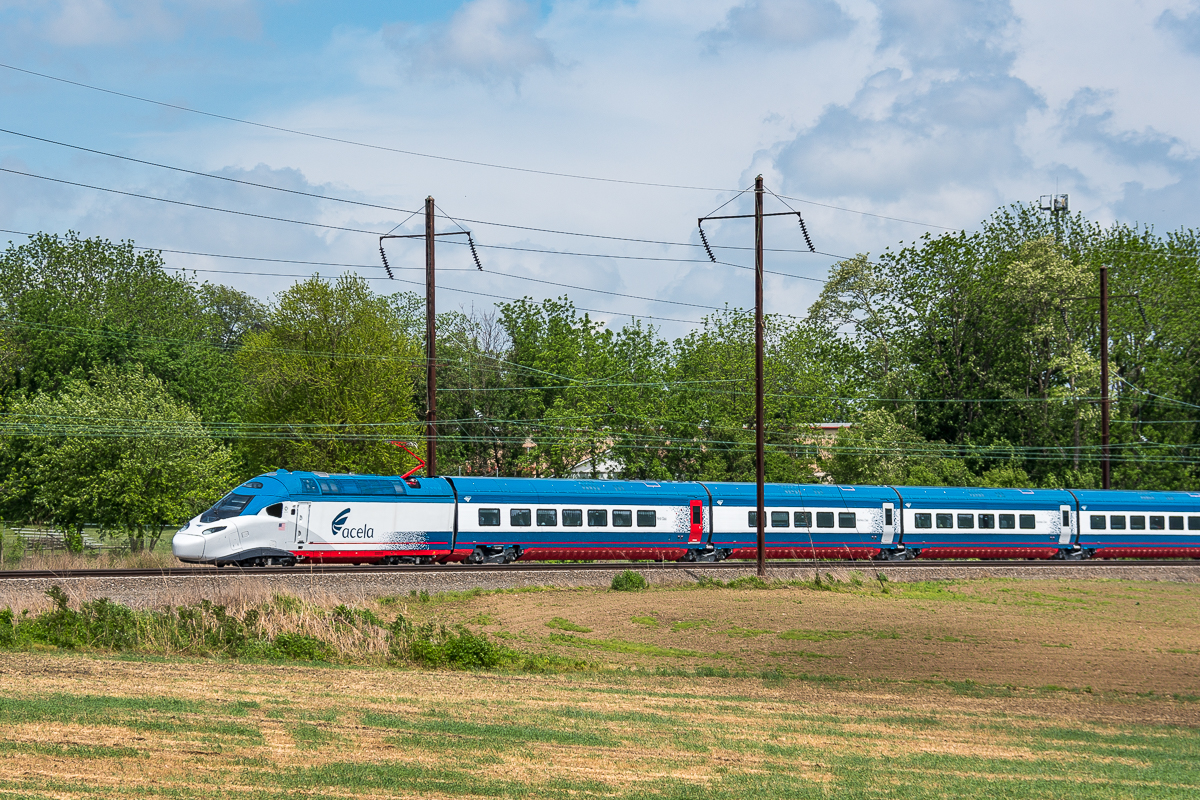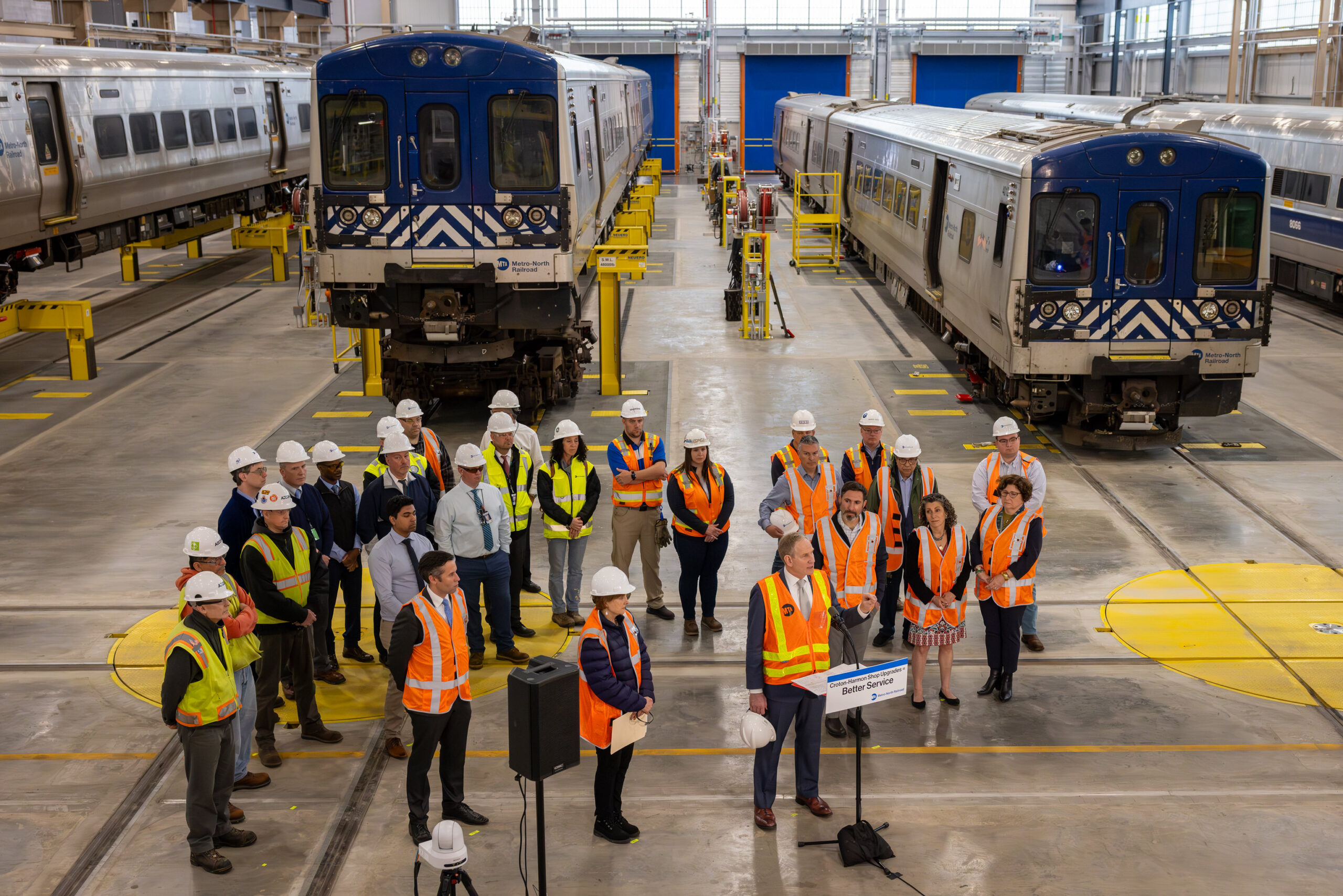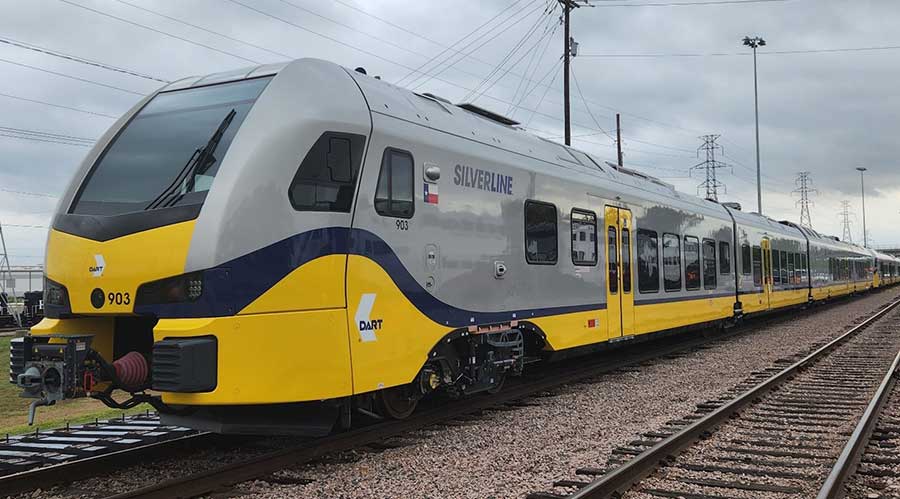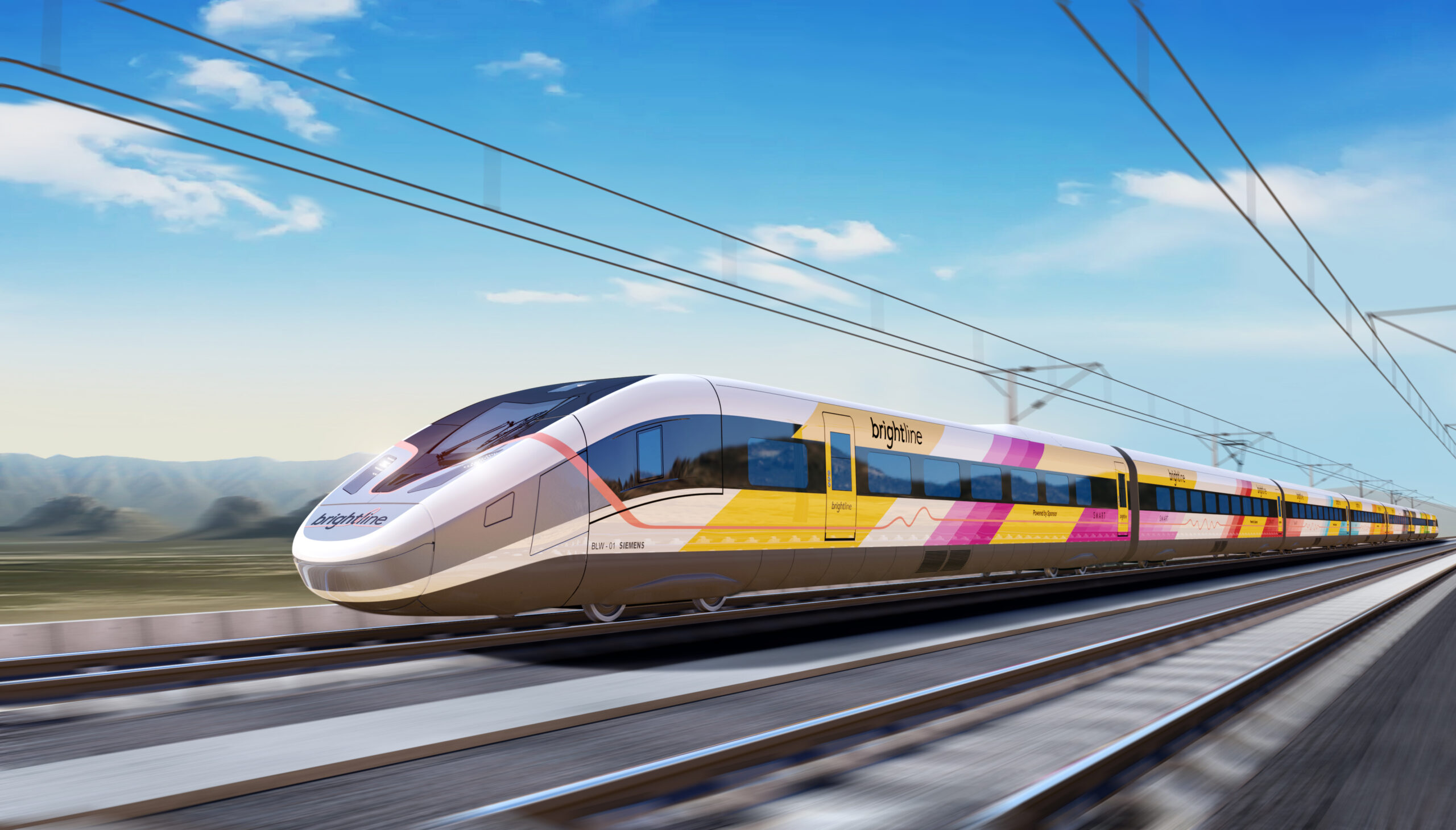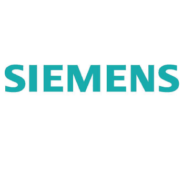The USA is currently experiencing historic investments in intercity passenger rail services thanks to the Bipartisan Infrastructure Law. Among many initiatives, this funding is helping to support the construction of high-speed rail projects, including California High-Speed Rail and Brightline West.
However, the nation’s High-Speed Rail Alliance argues that a systemic cost problem in the US could risk restricting the impact of such investments. In fact, rail projects in the US currently cost 2 to 4 times more per mile than comparable projects abroad, thus inhibiting the nation’s ability to expand its network.
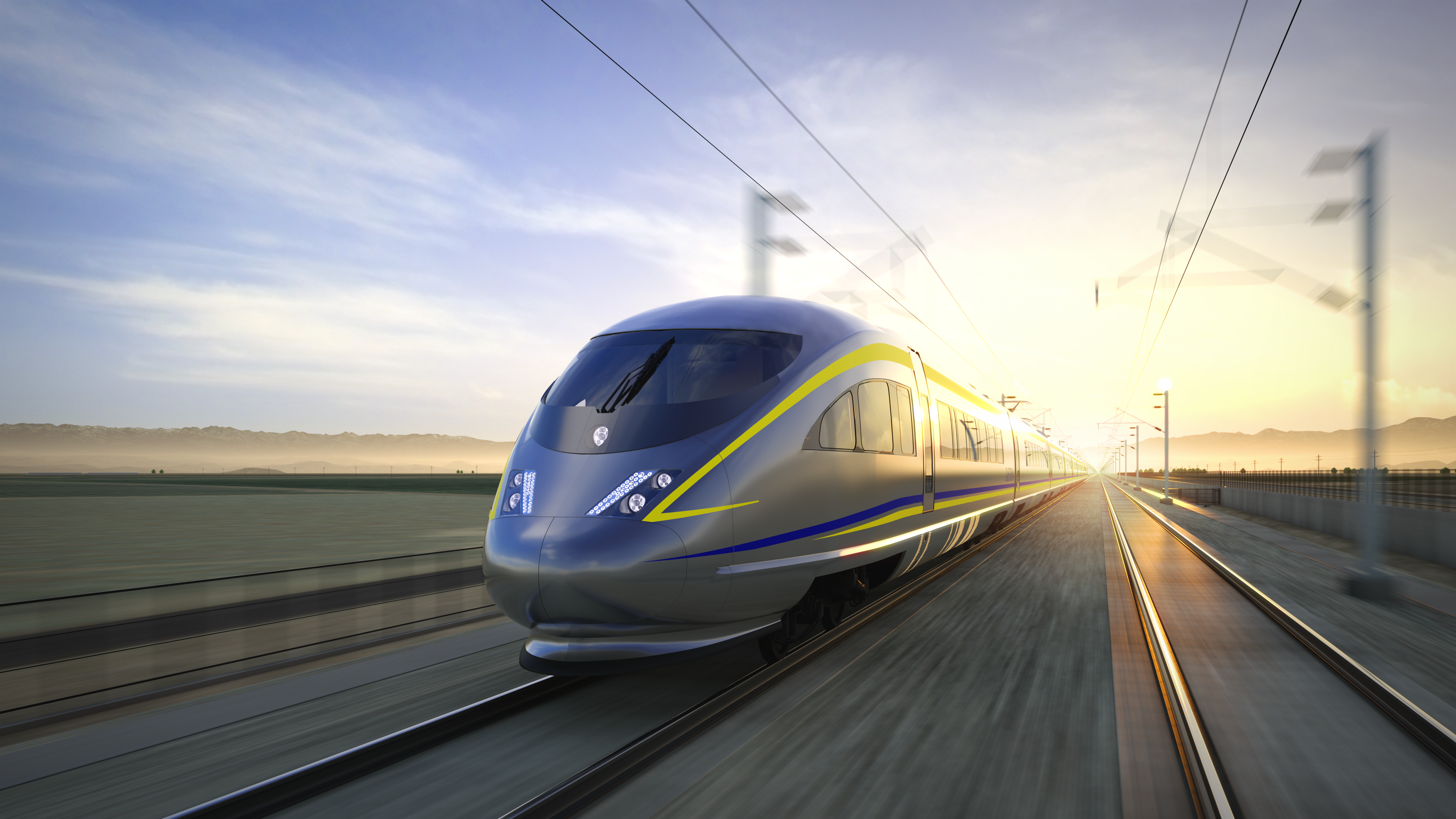
To address this concern, during a recent webinar, the High-Speed Rail Alliance invited Paul Lewis, Principal at DB E.C.O. North America to discuss global best practices in the industry that could help agencies complete projects at a lower cost and to a more efficient timeline.
As an extreme example, Lewis compared the Hamburg U4 Extension Phase 1 with the NYC 2nd Avenue Subway Extension Phase 1. These projects had comparable scope and similar infrastructure and geology. The U4 extension stretches 2.4 miles under Hamburg, while the 2nd Avenue extension spans 1.7 miles under New York City. However, the former cost 238 million USD per mile to construct, while the latter cost 3.28 billion USD per mile (adjusted for purchasing power parity and inflation). This highlights a delivery cost that was more than 10 times greater in the US compared to Germany.
To explore the reasons behind such a disparity, Lewis identified three key drivers affecting the cost and timeline of a project: project governance, process and standards. With these factors in mind, he offered ten recommendations for delivering cost- and time-effective projects.
1. Building Simple and Useful Projects
As an achievable commitment, agencies should avoid unnecessary customisations and complexities, including in station designs. Indeed, the most cost-effective approach tends to be for all stations to be functional and interchangeable in design, rather than prioritising unique aesthetics.
Likewise, Lewis stated that the construction of rail infrastructure should avoid tunnelling deeper than required and argued that cut and cover designs should be considered where possible.
2. Break Up Civil Works Contracts and Set Itemised Costs
Currently, the US is one of the only countries in the world that relies on multi-billion dollar mega contracts to deliver major rail projects. Elsewhere, civil rail contracts do not tend to surpass between 100 and 200 million USD. For example, when constructing the Leipzig City Tunnel in Germany, the tunnelling, ramps and stations were broken up into different contracts.
This approach provides greater competition, as more firms can bid on smaller contracts, whereas only a few are qualified for multi-billion dollar endeavours. In addition, this gives the agency more control over the project’s performance as contractors who do not deliver satisfactory work can be replaced. Finally, the project’s schedule can also be better controlled, as issues can be addressed without disrupting the rest of the project.
3. Manage More Risk on the Public Sector Side
To help lower bids, Lewis argued that public agencies need to assume more risks that are not under the control of contractors. Otherwise, if contractors are expected to assume risks that they do not have control over, they will inevitably price this into their bids.
4. Empower Staff to Engage the Community
Traditional community engagement in the US can be viewed as ineffective or a “tick the box exercise”. Instead of hiring external consultants, Lewis recommended using in-house staff to engage the community during the entire planning, design and construction processes.
Furthermore, he asserted the importance of the agency being empowered to say no, rather than trying to accommodate for every community comment.
5. Proceed with the More Disruptive Timeline
Here, Lewis dismissed the need to minimise disruptions by keeping roads open and limiting working hours. He argued that a more disruptive approach from the start ultimately leads to less disruptions in the long run and helps significantly cut costs.
6. Finish the Planning Process before Environmental Review
Environmental reviews are time-consuming worldwide. However, Lewis identified that more efficient projects tend to avoid using this procedure as part of their planning process.
When an environmental review commences before all key planning decisions are made, it becomes an inefficient vehicle for making these decisions. This leads to the creation of environmental impact statements (EIS) with dozens of alternatives, thus elongating the process.
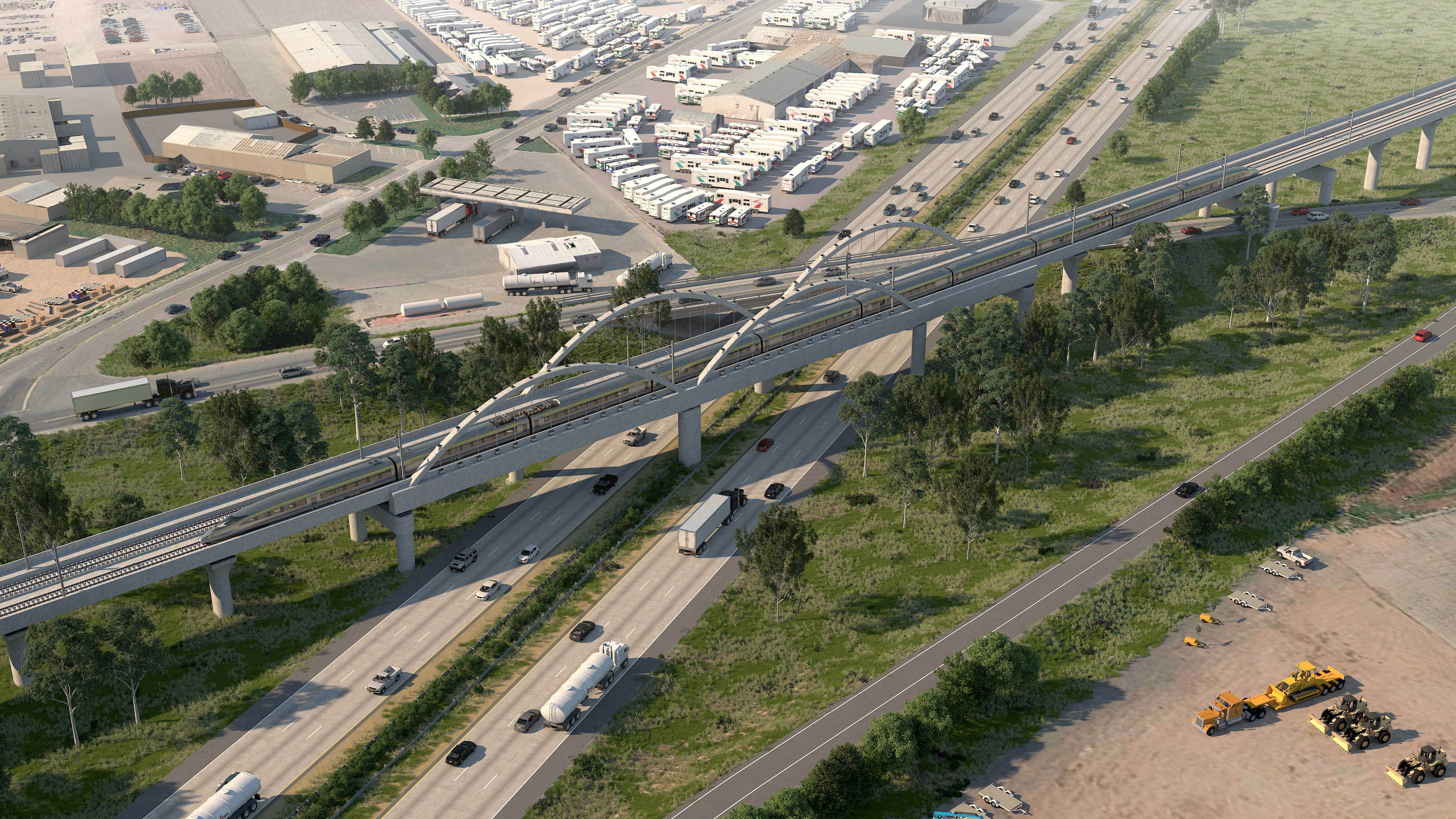
7. Boost Internal Staffing
Typically, the US relies on hiring consulting firms for tasks such as project management and construction management. In contrast, in most other countries, the project owner remains in control of the project using an in-house team. In turn, this leads to more efficient and less costly delivery.
8. Set Agreements with Partners Early
When establishing labour agreements and betterments, it is important to have full transparency with all scope and costs factored in. Lewis suggested that all details and eventualities should be established in advance, rather than allowing conflicts to arise once construction is underway.
9. Address Institutional Governance
Transit agencies are primarily tasked with providing transport, rather than delivering multi-billion dollar projects. It is therefore key to establish whether the agency has the right board structure and staff support to move a project forward before it gets underway.
If this is not the case, the issue should be addressed early through reform or changes to the governance, or by creating a special purpose delivery team, such as that established for the Stuttgart 21 project in Germany.
10. Learn from Peer Country Examples
Finally, thanks to the array of successful transit projects worldwide, Lewis advocated for visiting other countries and agencies to learn from their achievements and talk to experienced professionals. This could help agencies expand their knowledge to understand how common problems are overcome and costs are reduced.
By working to adopt these recommendations, it is hoped that the US can overcome its systemic cost problem in delivering large-scale rail projects.
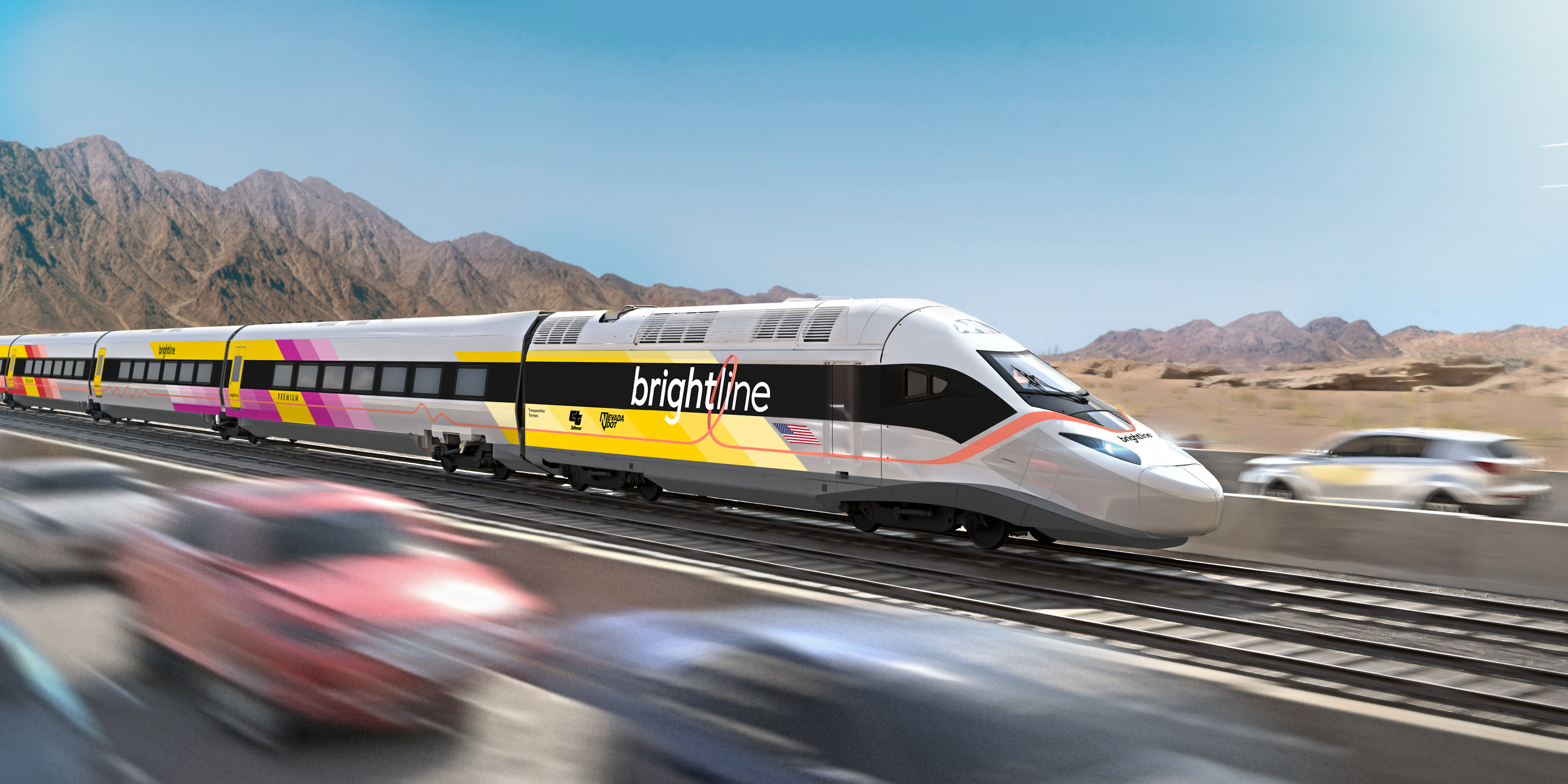
The average cost per mile of transit projects varies significantly across the globe. For high-speed rail, the average cost per mile is 47.4 million USD in France, 53.8 million USD in Spain and 80.7 million USD in Germany. In Taiwan, this figure averages at 133.2 million USD per mile, while in Switzerland, it costs an average of 134.9 million USD per mile.
Higher-cost countries include Italy at 165.9 million USD per mile; Japan at 185.8 million USD per mile; Great Britain at 220.9 million USD per mile; and the Netherlands at 252.1 million USD per mile.
These figures are adjusted for purchase price parity and construction inflation. However, alongside their differing processes and approaches, in some cases, the varied costs also reflect the required complexity of the projects and the percentage of line that has had to be tunnelled or elevated.
Needless to say, in order to successfully deliver a nationwide rail network, the US must aim towards the lower, rather than high end of these figures.
At present, it is estimated that the California High-Speed Rail project will cost around 200 million USD per mile. However, arguably, by learning from past inefficiencies and adopting global best practices from abroad, future agencies could significantly lower this figure to further optimise investments in rail across the nation.

















